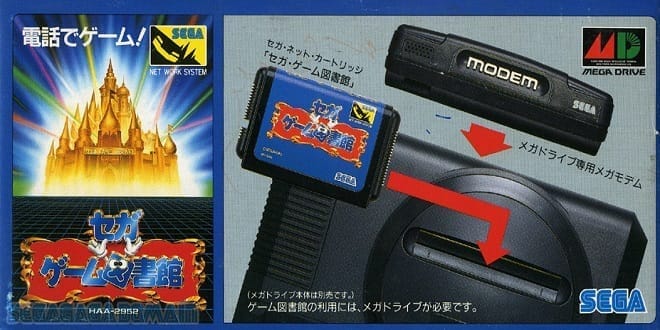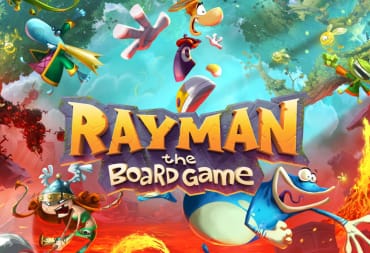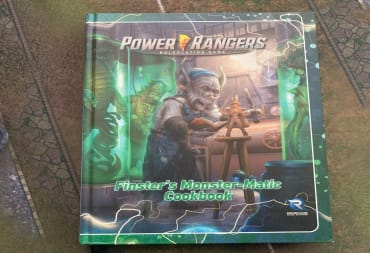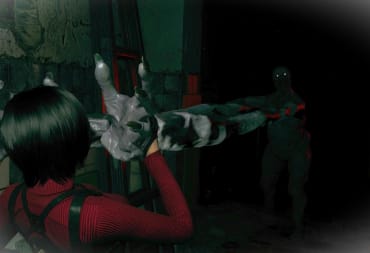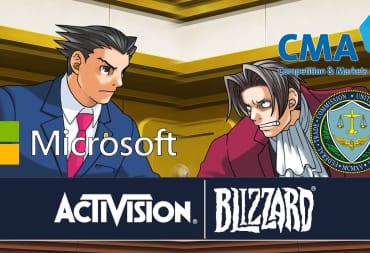When one thinks of the origin of digital only games, the mind usually goes straight to XBLA. Before the Xbox 360's greatly successful marketplace, there wasn't really a platform for games that didn't fit in the retail model. However, XBLA wasn't the first service to throw out the packaging and offer game downloads to customers.
Twenty-five years ago, Sega launched the Mega Modem in Japan, a peripheral that allowed Genesis users to connect their consoles online. When combined with a special cartridge, players could download from a collection of over twenty titles, all exclusively available through the Sega Meganet service. The Mega Modem was planned to be released as the TeleGenesis in the US, but those plans were nixed, and the digital only Mega Modem games became some of the most obscure in the Genesis' library. Utilizing the magic of modern technology, I took a look back at a few of the games released for the service and found some unusual oddities. Let's see what the digital distribution future looked like in the 16-bit era.
Sonic Eraser
https://www.youtube.com/watch?v=HxP0n7h_914 Gameplay Video by gbelair3
One of my greatest discoveries during this trek through the past is the versus mode music for Sonic Eraser, a puzzle game that is as related to Sonic The Hedgehog as Alleyway for the Game Boy is to Mario. I've never really wondered what a chiptune concert would sound like in a medieval blacksmith's work space, but now we have this "music" to educate us.As for the game itself, it plays like a simplified Columns, which was incidentally also a MegaNet exclusive at first before becoming the ubiquitous Genesis cartridge we all know and love. Anyway, in Sonic Eraser, you drop sets of four gems onto the field and any two that match disappear. However, almost every set is an L shaped piece, meaning that you have to manage each stack with precision or face an early Game Over. Beyond the insane music, the game is pretty standard fare, but still interesting for its extremely early use of Sonic sprites.
Pyramid Magic
https://www.youtube.com/watch?v=5BL92rD5k2A Gameplay Video by 10min Gameplay
An oddity even in this collection of oddities, Pyramid Magic was released as a series of four separate games, even though the releases make it seem more like an episodic adventure due to their similar graphical styles. Each title has you controlling a small explorer as he attempts to navigate through the narrow corridors of an Egyptian pyramid. The puzzles mostly involve moving around boulders that block your path, and getting the hang of what you can and can't do while lifting them up can be a bit tricky. You must collect a few keys along the way in order to scare away what I assume is supposed to be a mummy. It looks like some sort of hovering robot to me. In any case, the gameplay is simplistic and fun, with each subsequent game in the series throwing more challenging puzzles your way.
Teddy Boy Blues
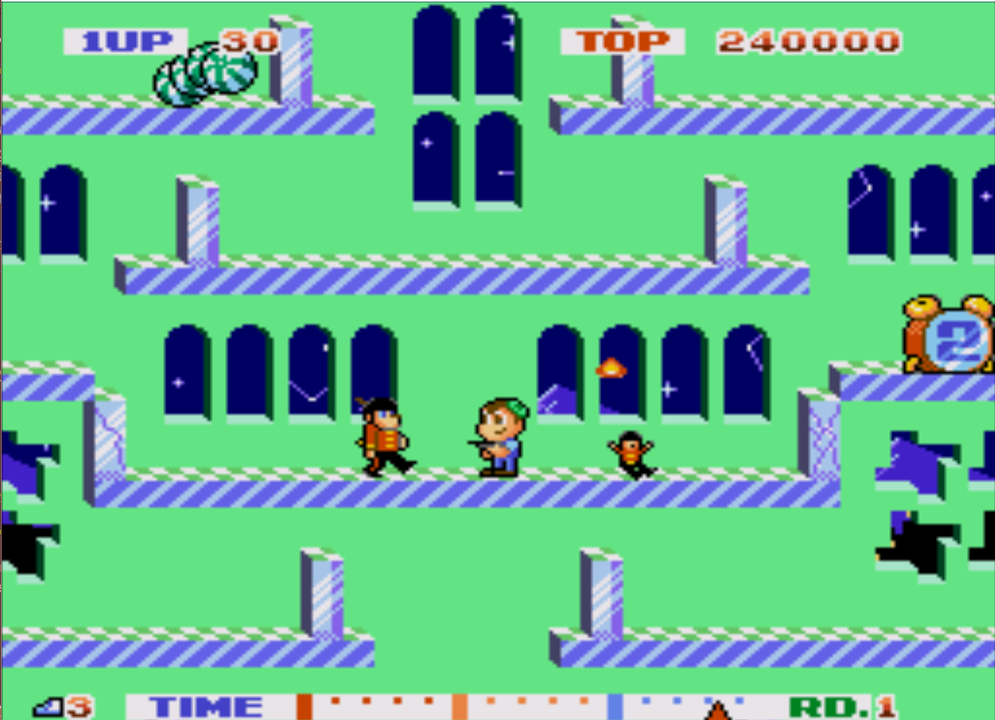
Teddy Boy Blues is a classic Sega arcade game that was ported to many platforms back in the day, with the Mega Drive version being a decent but not perfect adaptation of the arcade original. In it, you play as who I would assume to be the titular Teddy Boy in a quite surreal little maze. Each screen is pretty small, but going off of that screen will cause it to scroll endlessly, even though you're looping through a tiny play field. The screen is filled with alarm clocks that summon living toys, and shooting them with your laser causes them to shrink down into plastic again so they can be picked up for points. A perfect little 80s bit of arcade nonsense, which makes more sense when you consider that it was originally based on a Japanese pop song.
16t
https://www.youtube.com/watch?v=LBu-EgQrt6c Gameplay Video by El Blog de The Punisher
16t is a bizarre hidden gem to be sure, instantly defined by its intro, in which the game displays static imagery as if your console was breaking apart or overheating. This makes sense after looking up the game's concept on Sega Retro, as you apparently play as a computer programmer taking out bugs from a system of his own design. I understand why games can't do stuff like this nowadays, but it's still always fun to see.The gameplay is similar in concept to Teddy Boy Blues, as you're playing on a deceptively tiny screen that is endlessly scrolling as you jump around. However, instead of a laser, you're hurling cartoonish weights onto the bugs to crush them. It feels better than Teddy Boy Blues, as platforming plays a bigger role while dodging your own weights and the enemies who move through platforms erratically.
Robot Battler
https://www.youtube.com/watch?v=gI0vLG_PkXY Gameplay Video by RetroCopy Videos
In stark contrast to Sonic Eraser's attempts at a soundtrack, Robot Battler immediately hits you with just what you want out of the title. Hard hitting synth rock sets the mood for giant robots duking it out in a future battle arena. Sadly, the language barrier prevented me from getting very far in the game, as setting up and customizing your robot is all driven by a very complex menu system that was indecipherable to this English speaker. I did manage to stumble my way into one battle, only to discover that my robot didn't have any weapons equipped, and I watched sadly as it was punched to dust by the opposition.Thus concludes my look at some of the more intriguing titles in the MegaNet library. It's always interesting to look back at failed peripherals to see what ideas prevailed in that limited space. It's a shame that the TeleGenesis never launched in America, but Sega always did have a problem with having more platforms than they knew what to do with, so I imagine that launching this one into the crowd wouldn't have done it any favors. Sega probably had no idea twenty-five years ago that they'd be taking the first steps on the path we're all still on today, with these quirky and small titles leading all the way to the digital behemoths of Steam and XBLA.
Thanks to Sega Retro and the fine folks of YouTube for the help researching this piece!
Have a tip, or want to point out something we missed? Leave a Comment or e-mail us at tips@techraptor.net
